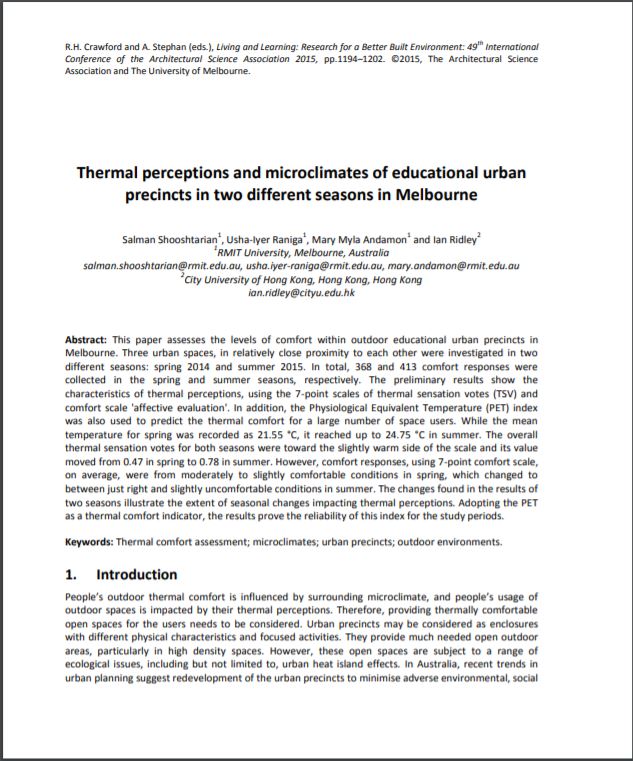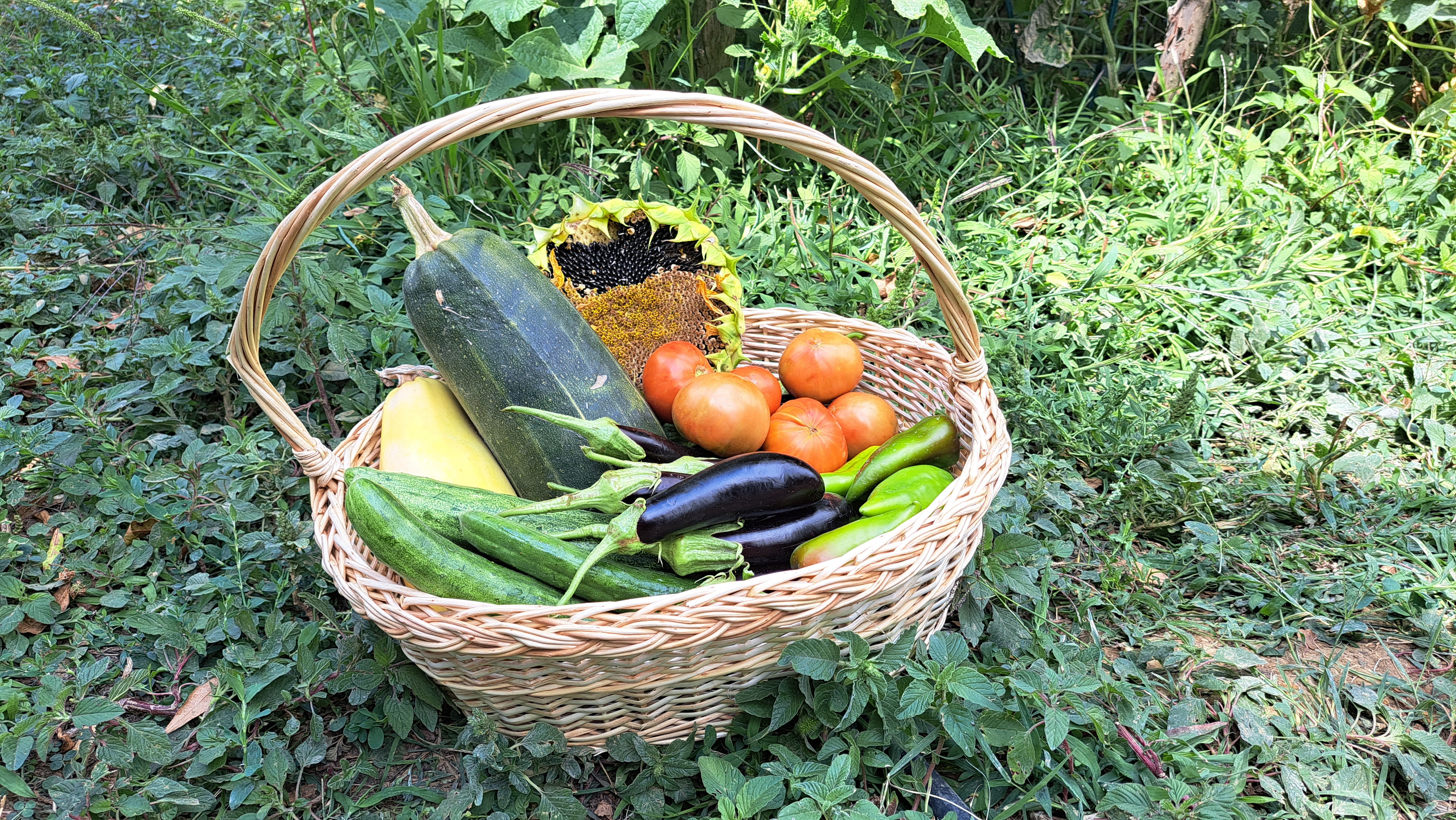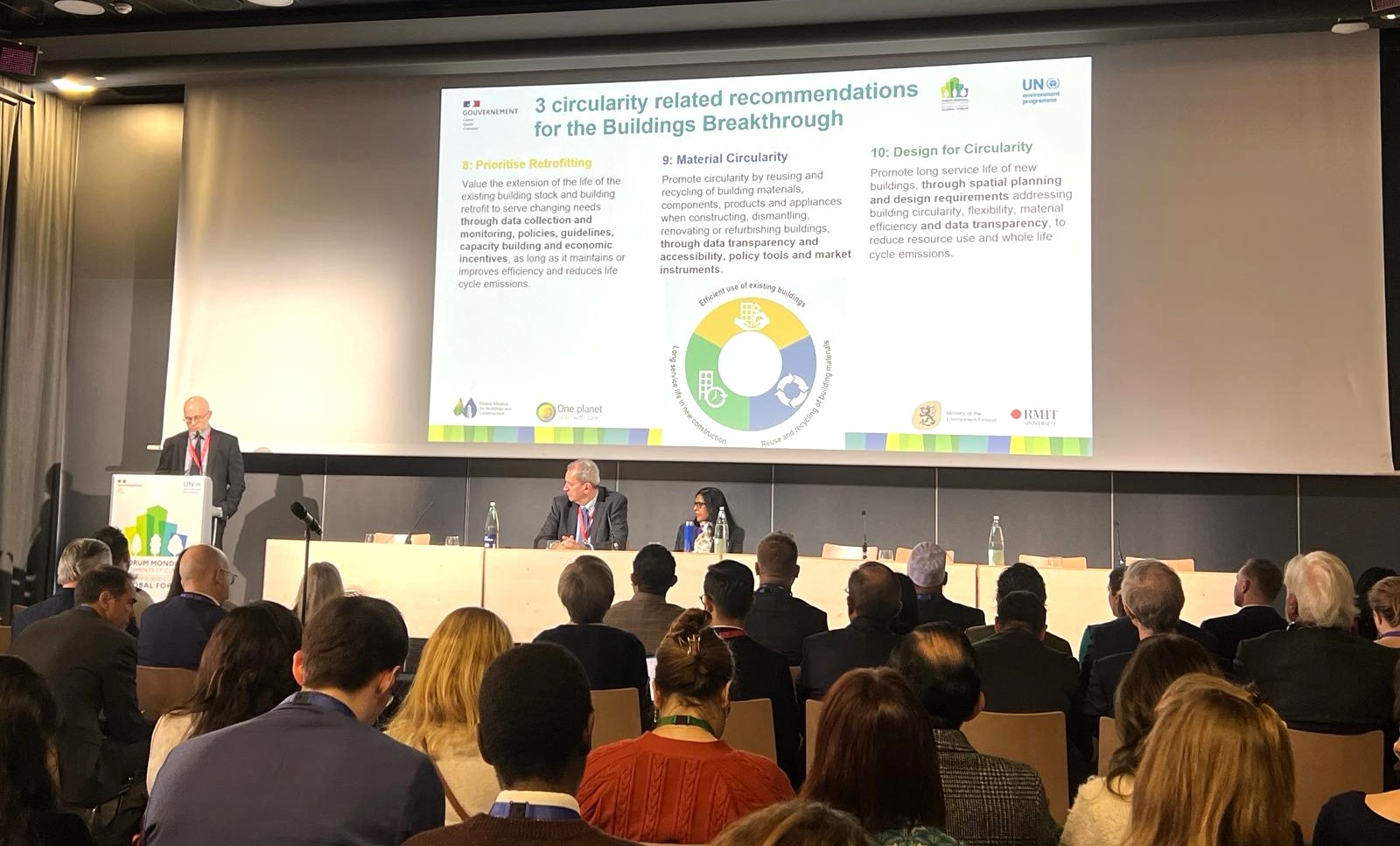Thermal perceptions and microclimates of educational urban precincts in two different seasons in Melbourne
This paper assesses the levels of comfort within outdoor educational urban precincts in
Melbourne. Three urban spaces, in relatively close proximity to each other were investigated in two different seasons: spring 2014 and summer 2015. In total, 368 and 413 comfort responses were collected in the spring and summer seasons, respectively.
The preliminary results show the characteristics of thermal perceptions, using the 7-point scales of thermal sensation votes (TSV) and comfort scale 'affective evaluation'. In addition, the Physiological Equivalent Temperature (PET) index was also used to predict the thermal comfort for a large number of space users. While the mean temperature for spring was recorded as 21.55 °C, it reached up to 24.75 °C in summer. The overall thermal sensation votes for both seasons were toward the slightly warm side of the scale and its value moved from 0.47 in spring to 0.78 in summer. However, comfort responses, using 7-point comfort scale, on average, were from moderately to slightly comfortable conditions in spring, which changed to between just right and slightly uncomfortable conditions in summer. The changes found in the results of two seasons illustrate the extent of seasonal changes impacting thermal perceptions. Adopting the PET
as a thermal comfort indicator, the results prove the reliability of this index for the study periods.


